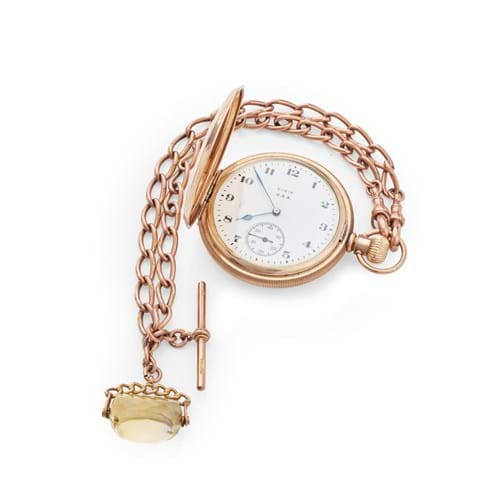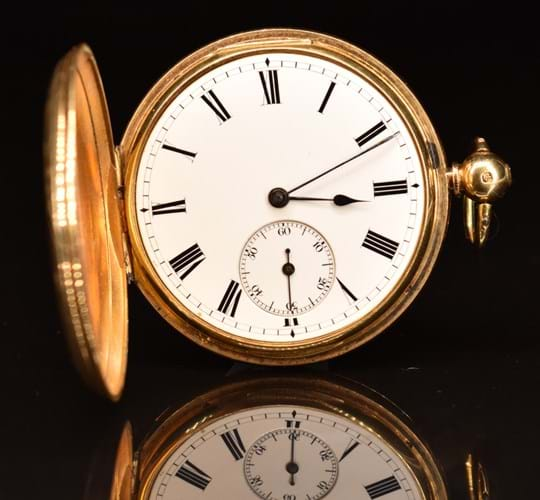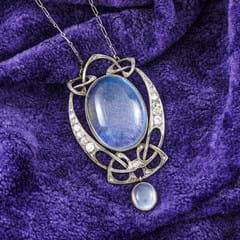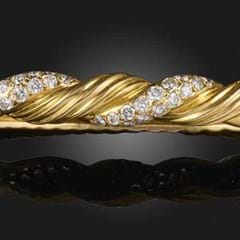An expert's guide to pocket watches
Pocket watches, pendant watches and fob watches were the precursors of the wristwatch.
An 18ct gold c.1818 key wind open faced pocket watch. It sold for £1050 at Sworders in June 2022.
While only made by a few companies today, these were the most common type of watches from their early development in the 16th century until the advent of the ‘trench’ watch in the First World War.
For much of the 20th century, pocket watches were also the central focus of watch collecting and an active market remains for antique examples. Plenty of pocket watches are available to buy at auctions on the-saleroom.com, ranging across the different styles, periods and makers.
A brief history
The appeal of pocket watch collecting can be explained by the seismic changes in fashion and technology that occurred across five centuries.
The period spans the Tudor and Stuart eras, when watches were of only limited practical value (due to poor timekeeping) but conveyed wealth and status. It also encompasses the beginning of the 18th century when standards of accuracy increased exponentially through genius and invention.
The lever escapement invented by Thomas Mudge in 1755 and the bi-metallic compensation balance (first used by John Harrison in the first successful marine chronometers in 1753) are still used in most mechanical watches today.
An obvious innovation of the Victorian period was the arrival of mass production and the change from the key-wind movement to watches with stem-wind movements that could be wound and set by the turn of a button.
Range available
Three main styles of pocket watch are referenced in a typical catalogue description.
The hunter-case watch with a spring-hinged dust cover is so-called as it was favoured by fox hunters. The half-hunter has a lid with a cut-away hole that allows for a quick view of the hands without the need for opening, while an open-faced watch lacks a metal cover and is protected only by the crystal. Most were worn suspended from a chain attached to a buttonhole or (as favoured by women) a fob pinned to the breast.

An Elgin full hunter pocket watch along with an Albert chain with T-bar with a gem-set fob. It sold for £1000 at Lyon & Turnbull in June 2022.
Today, most commonly seen examples are very affordable. The huge numbers of standard silver-cased open-faced watches produced for the Victorian and Edwardian middle classes represent excellent value for money. Only good examples tend to make over £100.
Price-wise, the market is skewed towards the relatively small number of watches that appeal to the collecting audience. These include watches that document the many great technological innovations across a given period, watches that display ‘complications’ such as alarms, automatons, calendars or moon phases or those made by the finest and most celebrated makers.
Some collectors might choose to focus on watches from a particular region (most towns and villages had a clockmaker prior to industrialisation) with others more concerned with the myriad of possibilities when it comes to case and dial decoration.
What to do next
Decide how much you’d like to spend and use the search facility on thesaleroom.com to find pocket watches coming up for sale.
You can filter your search by, among other things, price and by location of the auction house to narrow down your selection.
To research recent prices at auction to see how much different silver items sold for you can also try out the Price Guide.
If you are new to bidding check out our guides to buying at auction – it’s easy once you know how.




